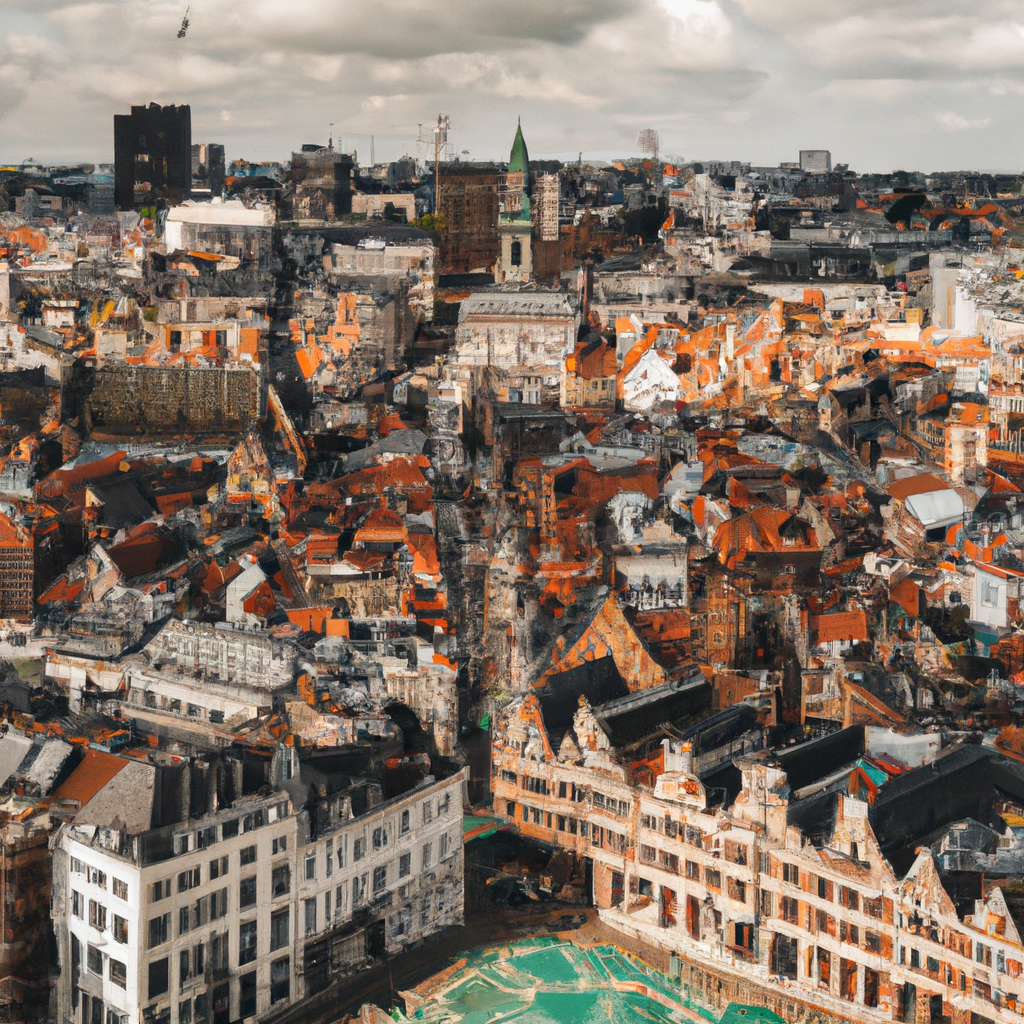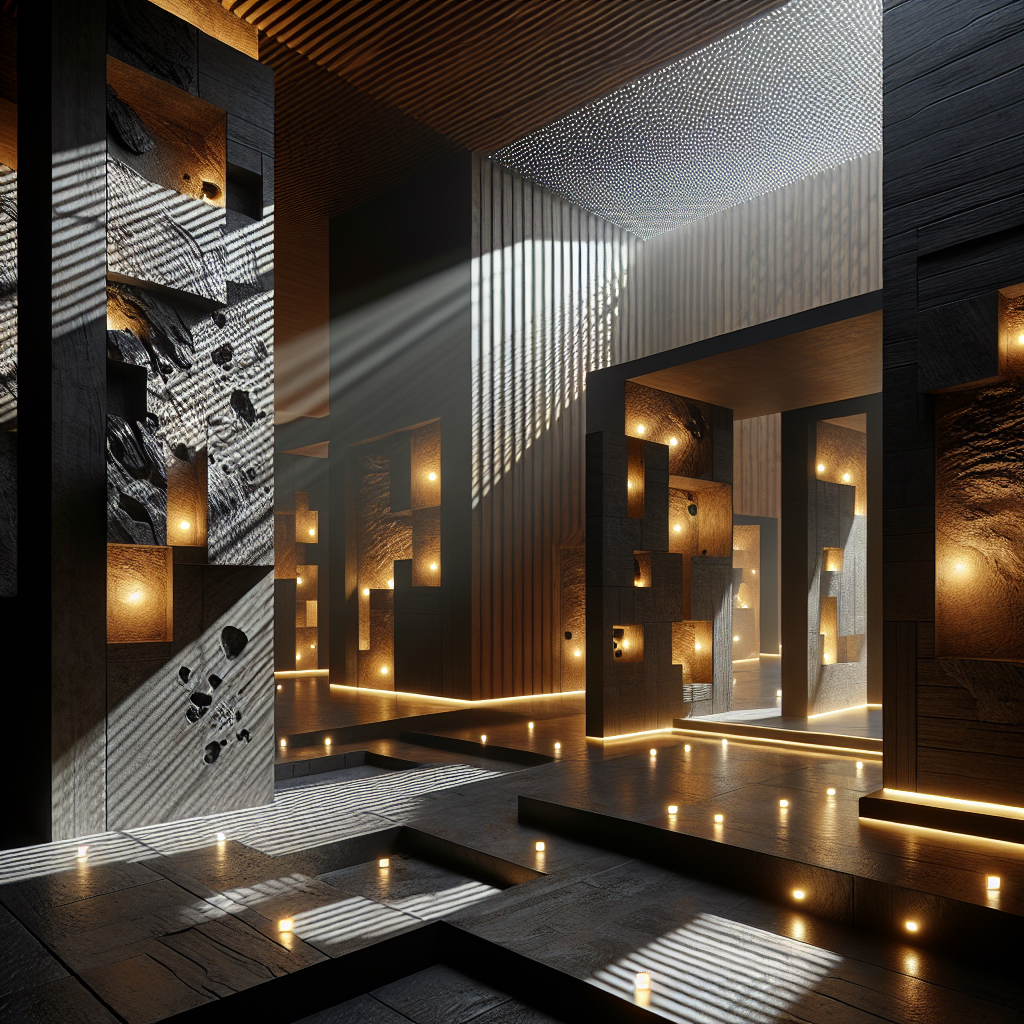The Vital Role of Public Spaces in Urban Design in European Cities

Introduction
Public spaces are a crucial component of urban design in European cities. These spaces are where communities gather, socialize, and express themselves. In recent years, many European cities have undergone significant transformations in their urban design, with a greater emphasis on creating public spaces that are functional, sustainable, and aesthetically pleasing.
Examples of Effective Public Spaces in European Cities
One example of this trend can be seen in the redesign of the historic center of Barcelona. The city has transformed many of its public spaces, such as the Plaça de les Glòries Catalanes, which has been turned into a vibrant hub of activity with pedestrian walkways, bicycle lanes, and green spaces. Another example is the conversion of an old railway station in Paris into the Promenade Plantée, a linear park that runs through the city, providing residents with a peaceful oasis in the heart of the bustling metropolis.
The Importance of Public Spaces in Urban Design
The importance of public spaces in urban design cannot be overstated. These spaces provide essential social and cultural functions, promoting social cohesion and community engagement. They also contribute to the physical and mental wellbeing of residents, providing places to exercise, relax, and connect with nature. Public spaces can also have economic benefits, attracting tourists and fostering the growth of local businesses.

The Complex Task of Designing Effective Public Spaces
However, designing effective public spaces is a complex task that requires a deep understanding of the needs and desires of the community. It is essential to involve residents and stakeholders in the planning process to ensure that the design is responsive to the needs of the community. Furthermore, urban designers must consider the environmental impact of their designs, with a focus on sustainability and resilience.
Conclusion
In conclusion, public spaces are a vital component of urban design in European cities. They provide a range of social, cultural, and economic benefits, contributing to the physical and mental wellbeing of residents and promoting community engagement. However, designing effective public spaces requires a deep understanding of the community’s needs and desires, and a focus on sustainability and resilience. By prioritizing public spaces in urban design, European cities can create vibrant, sustainable, and inclusive communities that promote the health and happiness of their residents.





